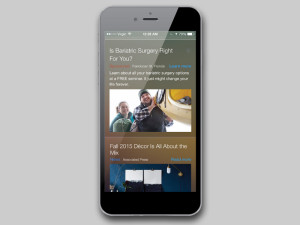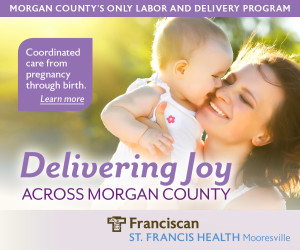The digital landscape is shifting. The use of ad-blocking software has risen 48 percent within a year so brands have begun to move resources to social media, native advertising and influencer campaigns. We are rethinking the role of digital display ads and their place in the purchase process.
Still, the larger challenge remains. How do we find authentic ways to fit brands into one-to-one messaging platforms without annoying your audiences? The explosive growth of messaging platforms continues to accelerate a warp speed and is expected to expand from 2.5 billion to 3.6 billion global users by 2018 – 25 percent greater than the audience for social media. While one-to-one messaging soars, Facebook has noted that its users are posting less and less – in fact, only 20 percent of millennials use broadcast social networks to post photos and videos at all.
However, diminishing returns are showing that using Snapchat as an organic social channel isn’t cost-effective. Nor should we think of it as the next Facebook or Instagram. We need to think of it as new TV. Think appointment-watching, awareness and buying eyeballs – not growing communities, editorial calendars and real-time marketing. Think of it as a newfangled TV spot, not regularly scheduled organic snaps to grow your audience.
The digital video space has become more complicated and has to be rethought. You can’t just post your brand’s video to YouTube and syndicate it across other social networks. Your video needs to be optimized for every platform it’s posted on. That is, if you want to bolster its chances of success. Post it on YouTube, but then it needs to be reshaped as a Facebook video, a Twitter video, an Instagram video and potentially a Vine or Tumblr video. That’s for starters. Video needs to be tailored for each platform, optimized for the audience and cultural norms of each. And with live-streaming gaining even more momentum, pushing out that branded content continues to get exponentially more difficult.



